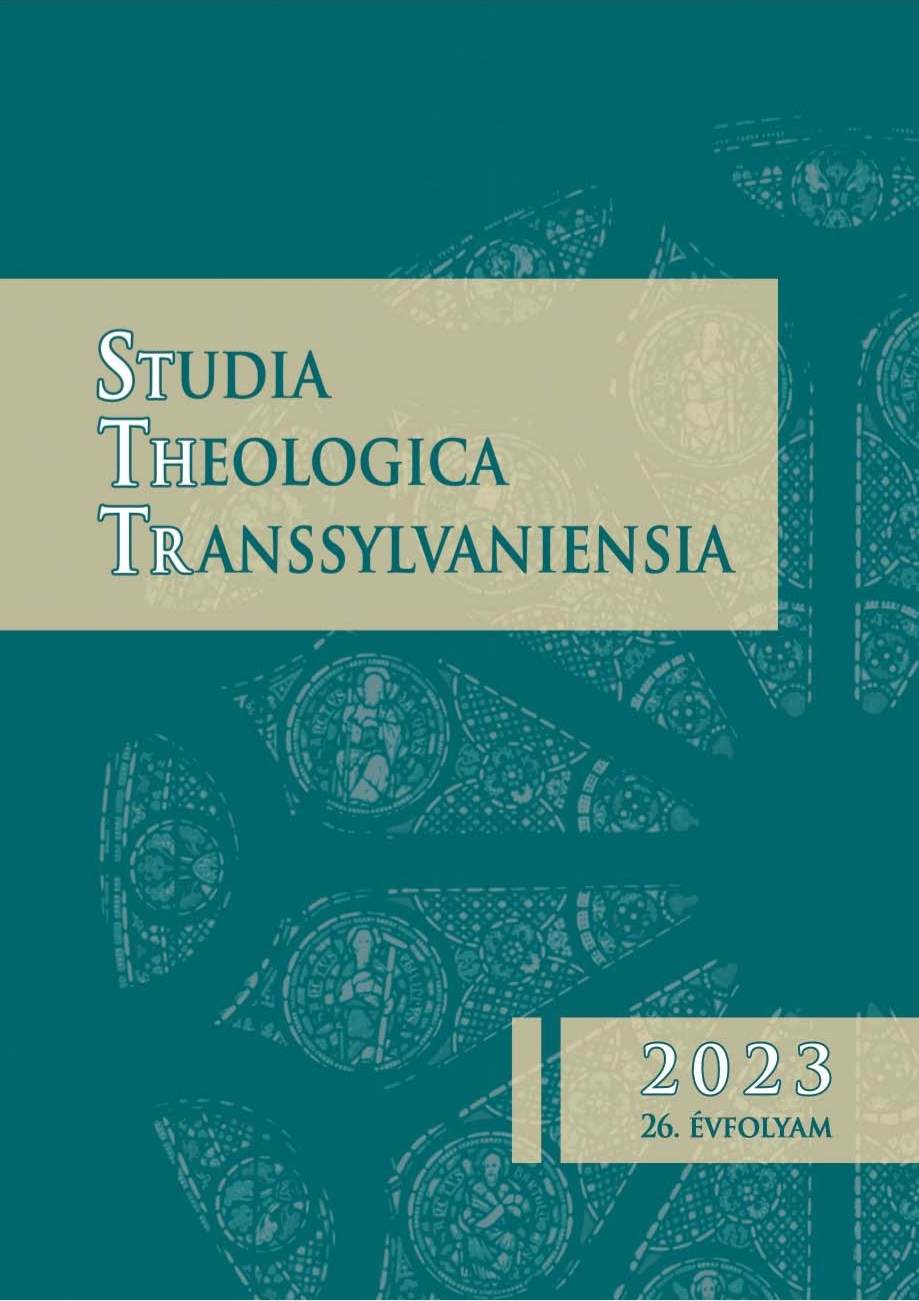YHWH: A győzedelmes harcostól Izrael Istenéig
DOI:
https://doi.org/10.52258/stthtr.2023.01Kulcsszavak:
YHWH's emergence from the South, Shasu tribes and the divine warrior, YHWH, El and Shaddai, YHWH and the storm-god Baal, solarisation of the YHWH-cultAbsztrakt
The aim of the study is to present the genesis of the name and concept of YHWH, primarily based on the results of the most recent research into the viewpoints of religious history. The significance of the Shasu nomads is primary in this regard, as the name YHWH occurred in connection with them in Egyptian inscriptions. It is highly likely that Moses and the group led by him in the southern areas (Sinai, Paran, Midian, Seir, Edom) encountered the YHWH warriors and the earlier form of the name YHWH. After entering the land of Transjordan and Canaan, the god-warrior YHWH adopted the attributes of the highest Canaanic god, El; moreover, it may be stated that a fusion – in the sense of religious history – was completed. In Genesis 49, Jacob asked for the blessings of El-Shaddai for Joseph. The Shaddai deities were the escorts of the storm-god Amurru. The next phase in religious history was the struggle between YHWH and Baal. Although the adoption of the attributes of the Canaanite storm-god was realised, the fusion was not perceived. The glorious divine warrior YHWH now also personified the storm-god, bringing rain and fertility. The YHWH divine image encountered the attributes of the Sun (solarisation) in Jerusalem, as attested by the archaeological finds from the period of pre-exile Israel.
Downloads
Megjelent
Hogyan kell idézni
Folyóirat szám
Rovat
License
Copyright (c) 2023 György Fodor

This work is licensed under a Creative Commons Attribution 4.0 International License.






